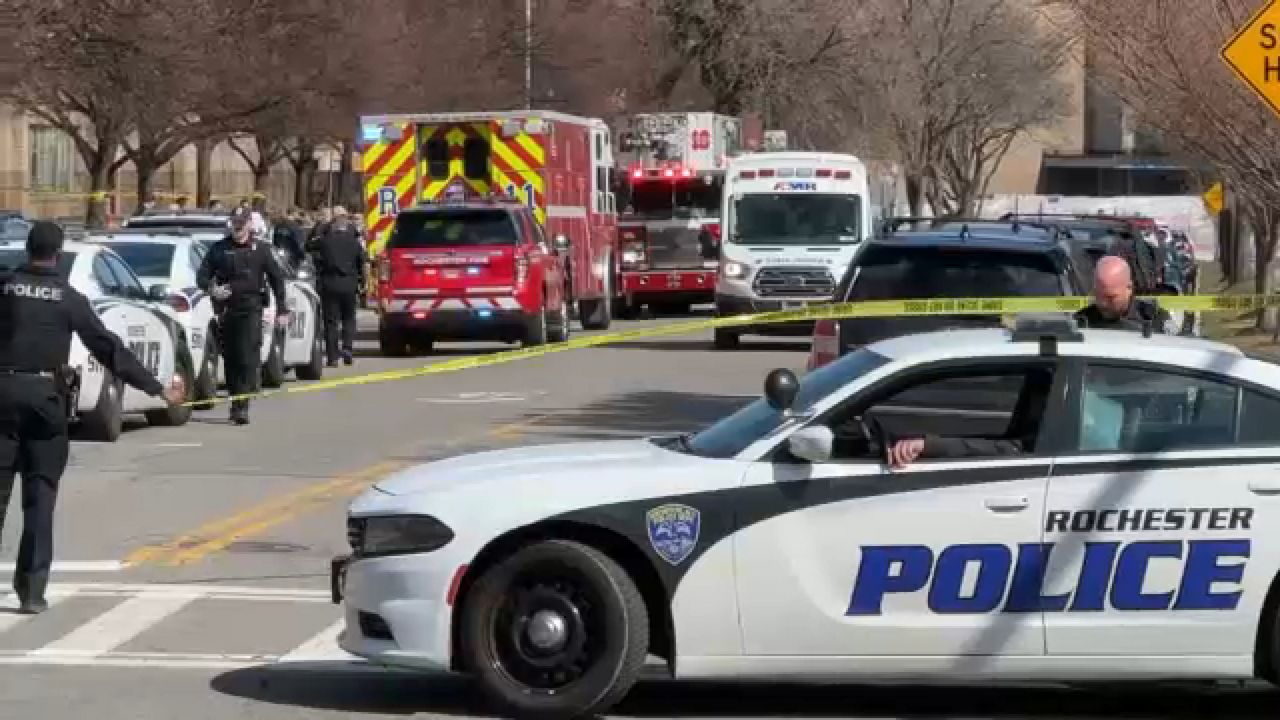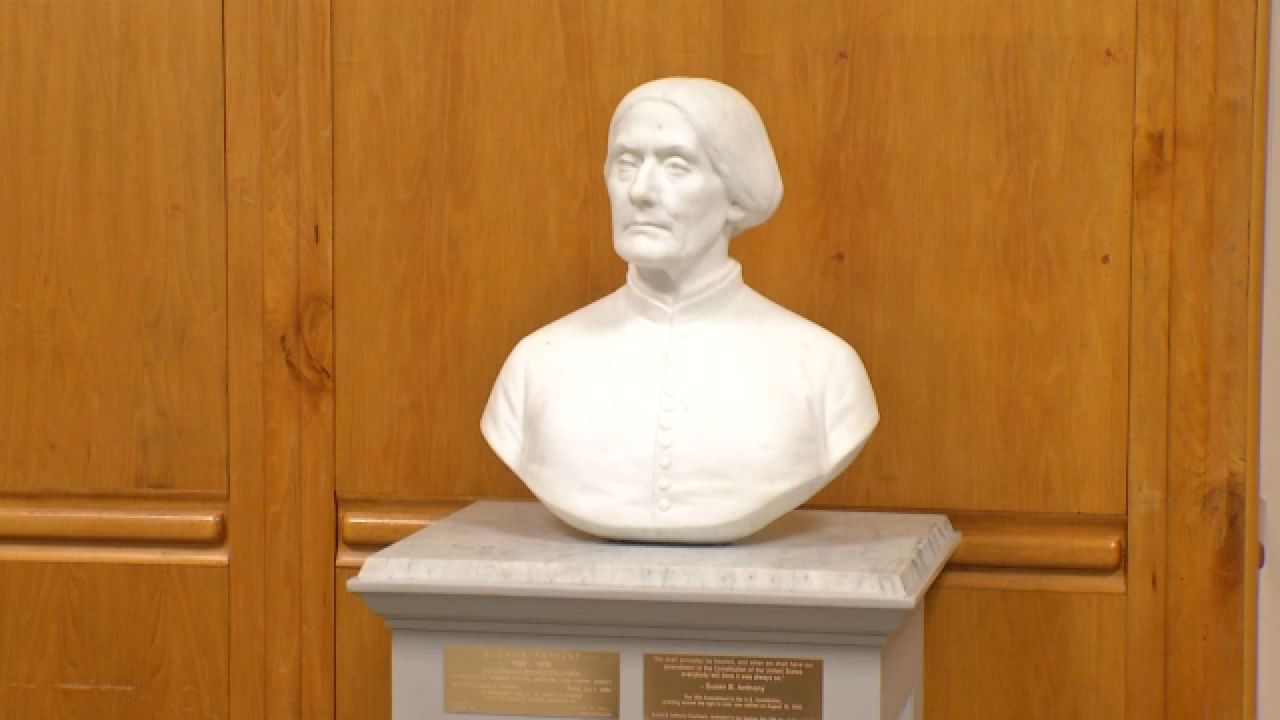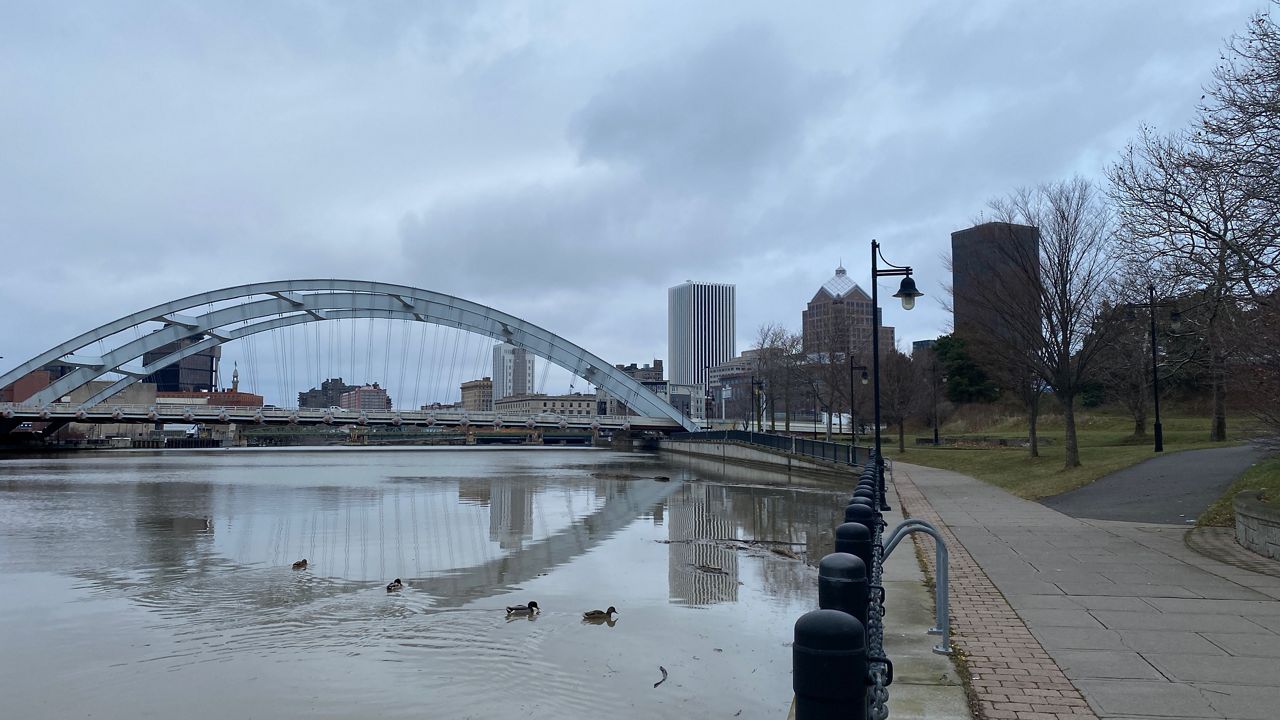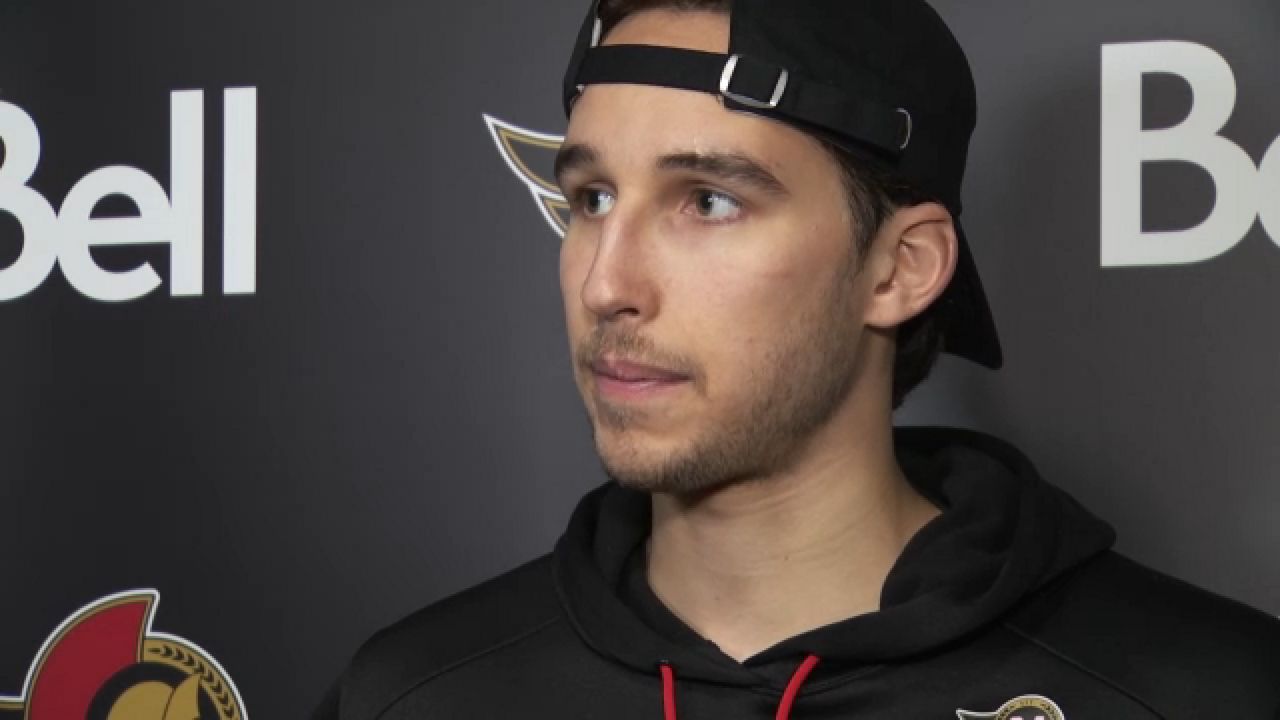We are now at the three-year mark of coping with COVID-19 in New York state.
What did we learn from the pandemic and how is it still affecting the health care industry? Dr. Michael Apostolakos, University of Rochester Medical Center vice president and chief medical officer, is weighing in.
“It was a scary time back then,” he said. “No one knew exactly what was going to happen.”
March 2020: Coronavirus is spreading from New York City across the state of New York.
“At the beginning, we knew things were coming,” said Apostolakos. “In early March, we were concerned about what was happening in New York City, and because we knew what could happen, we were able, and because we had that history to look at, to make our actions quicker and sooner.”
Apostolakos was among the medical experts responding to the community when after Monroe’s County’s first case of coronavirus was discovered on March 11, 2020 — a man arriving home to Rochester after traveling to Italy.
The UR Med team made the call to pull the plug on elective surgeries and to mandate masking within the facility.
“Not one person questioned the decision that we had to prepare to take care of patients, and since we didn’t know what was coming that we made the decision to stop elective surgeries, which is a big financial decision,” said Apostolakos. “It costs hundreds of millions of dollars to do that. But there was no concern or discussion about that. We had to be prepared to take care of our community and our patients.”
The COVID devastation downstate sounded the alarm for health care officials everywhere else to get ready for the worst.
“Quite honestly, I’m not sure we would have stopped elective surgeries as soon as we did had we not known what was happening in New York City,” said Apostolakos. “We had an advantage that New York City didn’t have.”
Despite the risks, the staff on all levels stepped up.
“The faculty and staff I can’t say enough about,” Apostolakos said. “People early on were volunteering to help. I’m so proud of our faculty and staff who came work caring for our community and for the sacrifices they made for themselves. For their family. People working extra hours to keep the doors open and accept people.”
What is potentially the lowest point during the last three years?
“The time I was most concerned actually happened around the time of the second surge and for months afterwards,” said Apostolakos.
By that time, the pandemic had taken its toll on the staff.
“I really can’t think of any major thing that we could have done to alter anything,” said Apostolakos. “I do think that this was a real stress for your faculty and our staff, and if anything could have been done differently, could we have supported them better through this?”
Still feeling the effects of COVID, the industry is dealing with a staffing shortage — but Dr. Apostolakos says it’s a problem that is improving.
“I think we have turned the corner,” said Apostolakos. “We’re not back to where we were previously, but things are moving forward. We are more prepared now than we were back in late 2019, so that’s also a silver lining from all this. I think it’s an honor and a privilege to be in health care.”
Despite the tragedy, Apostolakos says the health care industry as a whole has learned critical information for the future.










